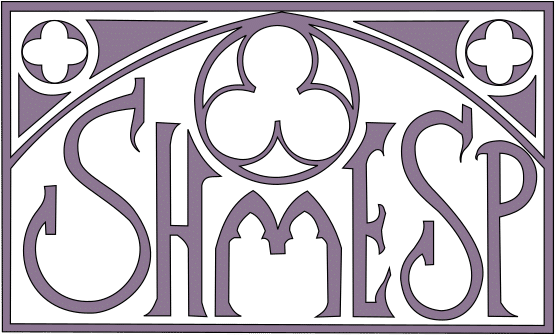Yellow Dyes of Historical Importance. IV. Sourcing and consumption of yellow dyes in the dyeing company “Francesco di Giuliano Salviati e Comp., tintori d’Arte Maggiore” in Florence (1483-1498)
Résumé
This article offers a direct insight into the importance of yellow dyestuffs in the dye company of Francesco di Giuliano Salviati in Florence, specialised in fast mordant dyes (arte maggiore) at the end of the 15th century. It is based on evidence provided by the study of three manuscript account books, respectively dated from1483 to 1486, from 1486 to 1491 and from 1490 to 1498, preserved in the Archivio Salviati, at the Scuola Normale Superiore in Pisa (Italy). A patient deciphering of the books provides exceptionally precise information on what dyestuffs were bought and used; in what quantities each year; how and from where they were obtained; and at what prices. Four yellow dye plants figure in the books and are discussed in this article: sawwort, Serratula tinctoria L.; weld, Reseda luteola L.; young fustic, Cotinus coggygria Scop.; and guilicie, a still non-identified plant. Reasons for the use of these plants are proposed and the differences in the colours obtained from sawwort or weld are evidenced by our dye experiments and spectrocolorimetric measurements of the resulting yellow and green samples of wool broadcloth. This study of the three Salviati books reveals that the provenances and consumption of yellow dyestuffs can, and should, be used as indicators of the development of textile production and the evolutions of international markets for European broadcloths.
Domaines
Histoire| Origine | Fichiers éditeurs autorisés sur une archive ouverte |
|---|
